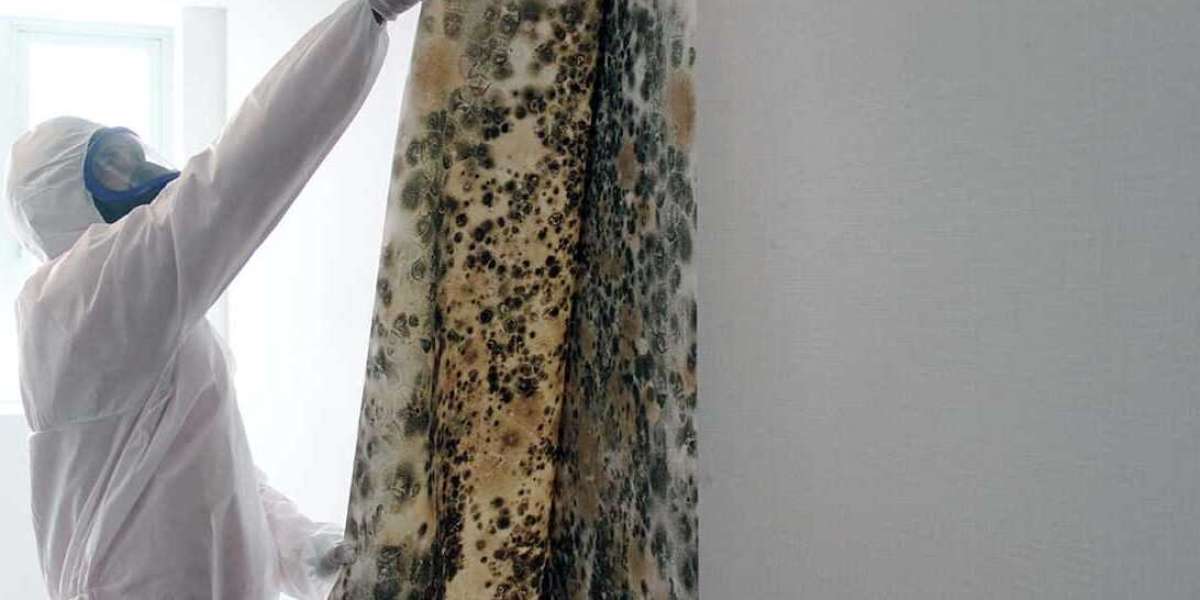Mold growth is a common issue in homes and buildings, often appearing in various colors like black, green, or white. However, purple mold, though less common, can also pose health risks and structural concerns. Recognizing the symptoms associated with purple mold is essential for early detection and effective remediation. In this article, we will explore the symptoms of purple mold symptoms exposure and the steps you can take to address this unusual but potentially problematic issue.
Understanding Purple Mold
Purple mold, a term used to describe molds that exhibit purple or bluish hues, is not a distinct species but rather a collection of mold types. These molds typically belong to the Penicillium or Cladosporium genera and thrive in environments with excess moisture and high humidity.
Symptoms of Purple Mold Exposure
Exposure to purple mold can lead to a range of health symptoms, similar to those caused by exposure to other mold species. Here are some common symptoms associated with purple mold exposure:
Respiratory Issues: Individuals exposed to purple mold spores may experience respiratory problems, including coughing, wheezing, and shortness of breath. These symptoms can be especially pronounced in individuals with pre-existing respiratory conditions like asthma or allergies.
Nasal and Sinus Symptoms: Purple mold exposure can cause nasal congestion, runny or stuffy nose, sneezing, and sinus discomfort. These symptoms often mimic those of seasonal allergies.
Eye Irritation: Irritation of the eyes is another common symptom, with individuals reporting redness, itching, tearing, and a general feeling of discomfort.
Skin Irritation: Prolonged exposure to purple mold can lead to skin problems such as itching, rashes, or hives. Skin irritation may occur upon contact with mold-contaminated surfaces.
Headaches: Some individuals exposed to purple mold may experience persistent headaches, which can range from mild to severe and may be accompanied by feelings of fatigue.
Allergic Reactions: In some cases, individuals with mold allergies may experience more severe allergic reactions when exposed to purple mold. These reactions can include fever, chest tightness, and even anaphylaxis in rare cases.
Mental Health Effects: Prolonged exposure to mold, including purple mold, has been associated with symptoms of anxiety, depression, and cognitive impairment in some individuals.
Addressing Purple Mold Symptoms
If you suspect that exposure to purple mold is causing health symptoms for you or your family members, consider the following steps:
Seek Medical Attention: If you or someone in your household experiences severe or persistent health symptoms associated with mold exposure, consult a healthcare professional for a proper diagnosis and treatment plan.
Identify the Source: Conduct a thorough inspection of your home or building to identify the source of the purple mold. Common sources include water leaks, plumbing issues, or poor ventilation.
Remediate the Mold: Once the source of moisture has been addressed, you can proceed with mold remediation. Depending on the extent of the infestation, you may choose to handle it yourself or hire a professional mold remediation service.
Prevent Future Growth: To prevent the recurrence of purple mold, maintain a dry indoor environment, address any moisture-related issues promptly, and consider using dehumidifiers in areas prone to high humidity.
Conclusion
Purple mold may be less common than other mold varieties, but its health effects are no less significant. Recognizing the symptoms associated with purple mold exposure is crucial for taking prompt action to address the issue. By addressing the mold source, remediating the mold, and maintaining a moisture-free environment, you can safeguard your health and create a mold-free living space. If symptoms persist or worsen, always seek professional medical advice and mold remediation services as needed.








